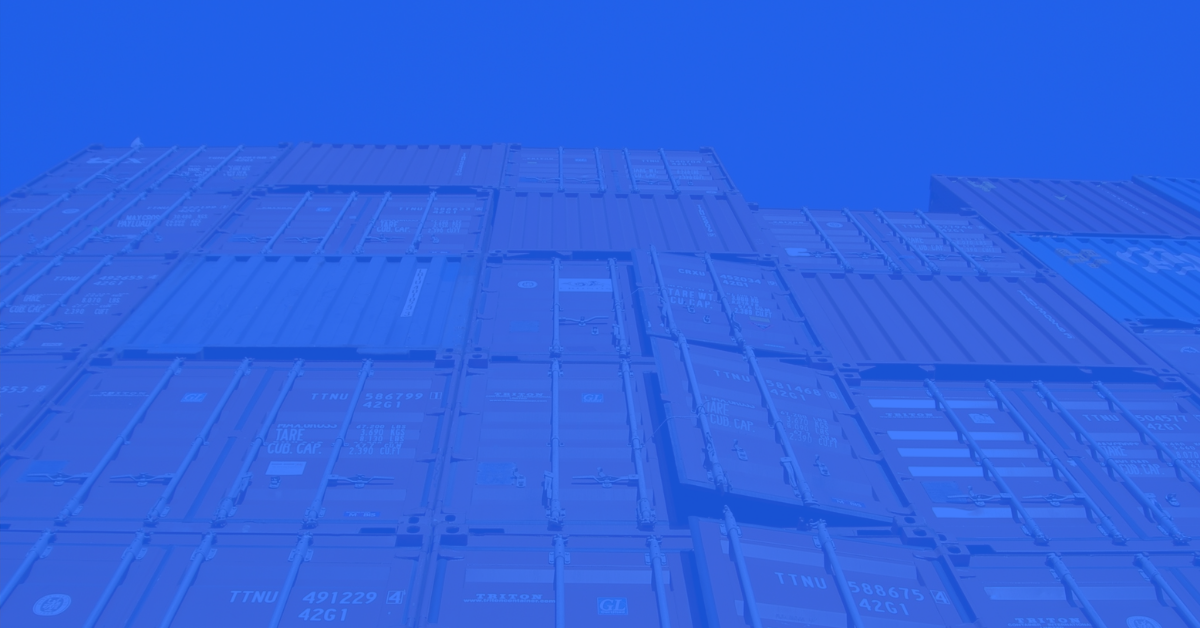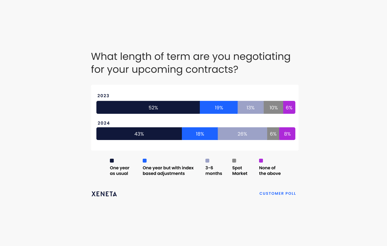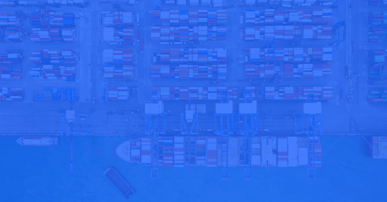While the world's attention has been focused on Russia's invasion of Ukraine for the last three weeks, the American media outlet CBS quietly released an interesting nugget on their recent Sunday television news show "Face the Nation."
In their March 20 broadcast, host Margaret Brennan discussed how Hong Kong currently has the world's highest Covid-related death rate and that the Hong Kong government was feverishly building large convention-hall style buildings to house and treat the many citizens with positive tests. But are Covid cases not rapidly declining? Not in Hong Kong and China, as it seems.
How The Box Industry Is Affected By Covid Yet Again?
Reviewing the information available on both mainstream and supply chain-oriented media outlets enables the reader to realize just how directly affected is the box industry – both shippers and carriers – by Covid yet again.
To date, at least five large cities have entirely shut down because of the Omnicron virus; Shenzen, Dongguan, Changchun, Jilin City, and Langfang, with the situation in Shanghai worsening daily.
Although the lockdowns have halted production at many electronics, consumer goods, and auto factories, the add-on interruptions make the business interruptions even worse; for example, the authorities in Beijing just placed the 17.5 million residents of Shenzhen into lockdown for at least a week, which will be accompanied by three rounds of city-wide testing. All bus and subway systems are closed, while all businesses, except those providing essential services, have been closed.
The decision resulted in giants Foxconn, Tencent, Oppo, TCL, and Huawei to halt production as the virus spreads across the technology hub, all of whom build components for Samsung, Intel, Apple, Intel, Nvidia and many others.
However, Maersk believes that due to drivers constantly being required to provide proof of negative Covid tests, trucking efficiency will be affected in Hong Kong, Shenzhen, the West Pearl River Delta, Shanghai, Yangtze inland ports Qingdao and Tianjin.
All of this will serve to keep the global supply chain in flux. Much of the problems stem from Beijing's "Zero-COVID" strategy of imposing strict lockdowns and containment measures to prevent Omnicron's transmission. However, since Beijing believes that abandoning their policy is akin to admitting the policy might not be correct, they are unable to implement any other strategy or import any of the far more effective Pfizer or Moderna vaccines.
Thus the supply chain will continue to suffer repeated delays on the China side.
The other side of the Pacific is equally stressed. There are labor union issues in both countries to compound the existing problems in moving shipping containers at the American and Canadian West Coast ports. Despite the urgency of keeping the American ports open and working, negotiations have yet to start on the International Longshore and Warehouse Union (ILWU) contract that expires July 1.
The Longshoremen will handle negotiations with the Pacific Maritime Association, which represents more than 70 maritime employers such as cargo carriers, terminal operators, stevedores, and temporary workers at the 29 ports in California, Oregon, and Washington.
The threatened rail strike in Canada hit on March 20, with Canadian Pacific trains grinding to a halt after some 3,000 locomotive engineers, train, and yard workers were locked out by CP management.
The Canadian Teamsters quickly released a statement saying that they would extend the strike to every CP location nationwide in addition to the lockout. Picketing is already underway at various Canadian Pacific locations throughout the country.
With Maersk's North American March 17 newsletter saying ships off Vancouver and Port Rupert already suffering from berthing delays of 28 and 14days, respectively, the inability of farmers, chemical producers, fertilizer manufacturers, and other exporters to move their containerized exports to the ports or inbound containers of retail consumer and manufactured goods to the big retail markets has come to a sudden halt.
The effect of the rail stoppage on the Canadian supply chain will quickly boomerang back to the already-stressed China-side ports, making the box carriers even more likely to cut capacity by blanking more sailings.
Thus while container rates are indeed sliding since the Lunar New Year, an accurate level of ocean freight rate volumes has yet to be recognized. While the number of ships moored off Los Angeles/Long Beach has decreased in the past month, vessel levels off Chinese ports have increased due to their Covid problems, while moving Vancouver/Port Rupert vessels to Seattle/Portland will only increase those port delays.
And in the midst of this, the carriers are announcing steep bunker surcharges, despite last week's 27% drop in crude oil prices. A slight decrease in ocean freight is certainly more than offset by a large BAF.
The worst thing is that container rates are almost immaterial if one's goods can't ship from China or are 14-28 days delayed on the import end; One wonders if the start of Peak Season and Easter Sunday may soon coincide.
%201.png)







